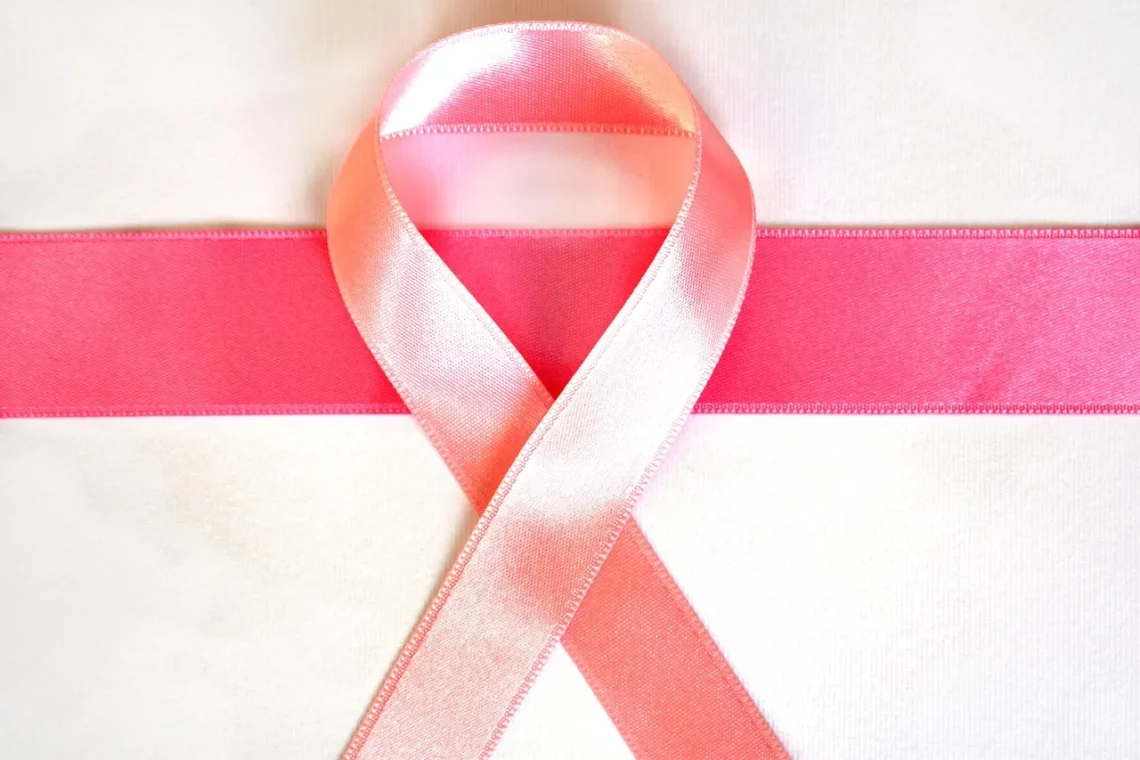
Understanding Uniboob: The Unique Challenge of Breast Asymmetry
Breast asymmetry is a common and often overlooked condition that affects many individuals to varying degrees. While some may experience only slight differences in size or shape, others may face a more pronounced disparity that can lead to physical discomfort or emotional distress. The phenomenon often referred to as “uniboob” is a term that has emerged to describe a specific manifestation of breast asymmetry where one breast appears significantly larger or differently shaped than the other, creating a visual illusion that can be disconcerting for those who experience it.
This condition can arise from various factors, including genetics, hormonal changes, and lifestyle influences. The psychological impact of breast asymmetry can be substantial, affecting self-esteem and body image. Many individuals navigate their daily lives with the awareness of their asymmetry, which can influence clothing choices, confidence levels, and social interactions. Understanding uniboob and the challenges it presents is essential for fostering a supportive environment for those who experience it.
In this article, we will explore the complexities of breast asymmetry, delve into the implications it carries, and discuss ways to approach this unique challenge.
Causes of Breast Asymmetry
Breast asymmetry can stem from a variety of causes, each contributing to the differences in size, shape, or position of the breasts. One of the most common reasons is natural variation in breast development. Just as individuals have unique facial features and body shapes, breasts can also develop unevenly during puberty or later in life. This natural variance is typically harmless but can lead to feelings of self-consciousness.
Hormonal fluctuations play a significant role in breast development and can contribute to asymmetry. Conditions such as pregnancy, menstruation, or menopause can lead to changes in breast tissue density and volume. These hormonal shifts may cause one breast to swell while the other remains unchanged, creating a noticeable difference that can be temporary or long-lasting.
In some cases, medical conditions can also result in breast asymmetry. For example, conditions like fibrocystic breast changes or breast cancer can lead to alterations in breast shape and size. Additionally, surgical procedures, such as mastectomy or breast augmentation, can result in asymmetrical breasts if not performed with careful attention to balance and aesthetics.
Trauma or injury to the breast area can also lead to changes in size or shape. Breast tissue can be affected by accidents or surgical interventions, resulting in asymmetry. Furthermore, lifestyle factors, such as weight fluctuations or changes in muscle tone, can influence breast appearance, especially if one side of the body is more active than the other.
Understanding the causes of breast asymmetry is crucial for individuals who experience this condition. By recognizing the factors at play, individuals can make informed decisions about their health and seek appropriate support if needed.
Emotional and Psychological Impact
The emotional and psychological impact of breast asymmetry can be profound. Many individuals report feelings of self-consciousness or embarrassment, which can lead to anxiety and social withdrawal. The perception of having “uniboob” can create a heightened awareness of one’s body, leading to a preoccupation with how others perceive them.
This condition can significantly affect self-esteem and body image. Individuals with noticeable breast asymmetry may feel less attractive or desirable, which can impact their relationships and overall quality of life. The societal emphasis on physical perfection can exacerbate these feelings, as media representations often showcase a narrow standard of beauty that does not accommodate natural variances such as breast asymmetry.
The psychological toll can lead some individuals to seek out drastic measures to correct their asymmetry, including surgical options or the use of padded bras. While these solutions may provide temporary relief, they may not address the underlying emotional challenges associated with body image.
Support from friends, family, and mental health professionals can be invaluable for those grappling with the psychological effects of breast asymmetry. Open conversations about body positivity and acceptance can help individuals develop a healthier relationship with their bodies. Emphasizing that beauty comes in diverse forms can foster resilience and self-acceptance.
Moreover, connecting with others who share similar experiences can provide a sense of community and understanding. Online forums and support groups can be beneficial for individuals seeking to share their feelings, find encouragement, and learn from others’ journeys.
Addressing and Managing Breast Asymmetry
For those navigating the challenge of breast asymmetry, there are various options available to address and manage the condition. Depending on individual preferences and circumstances, these options can range from clothing modifications to surgical interventions.
One of the simplest ways to manage breast asymmetry is through clothing choices. Many individuals find that certain styles and cuts can help create a more balanced appearance. For instance, tops with structured designs or layered fabrics can help disguise asymmetry. Additionally, using padded bras or inserts can provide a temporary solution for those seeking to enhance the appearance of symmetry without undergoing surgery.
For individuals desiring a more permanent solution, surgical options may be considered. Breast augmentation or reduction can help align breast sizes more closely, but these procedures come with their own set of risks and considerations. It is essential for anyone contemplating surgery to engage in thorough discussions with qualified medical professionals, weighing the benefits against potential complications.
Non-surgical options, such as physical therapy, can also be explored. In some cases, exercises targeting the pectoral muscles can help improve the overall appearance of the chest and create a more balanced look. Consulting with a physical therapist can provide tailored strategies and exercises to support individual needs.
Ultimately, the choice to address breast asymmetry is a personal one. It is vital for individuals to consider their motivations, desired outcomes, and the potential impact on their emotional well-being. Seeking support from healthcare professionals, therapists, or support groups can empower individuals to make informed decisions that align with their values and goals.
In conclusion, understanding uniboob and the unique challenges of breast asymmetry involves recognizing the complexities of the condition, its emotional implications, and the various approaches to managing it. By fostering open discussions and promoting body positivity, society can create an environment that celebrates diversity in all its forms.
**Disclaimer:** This article is for informational purposes only and should not be considered medical advice. For any health concerns or medical issues, please consult a qualified healthcare professional.




